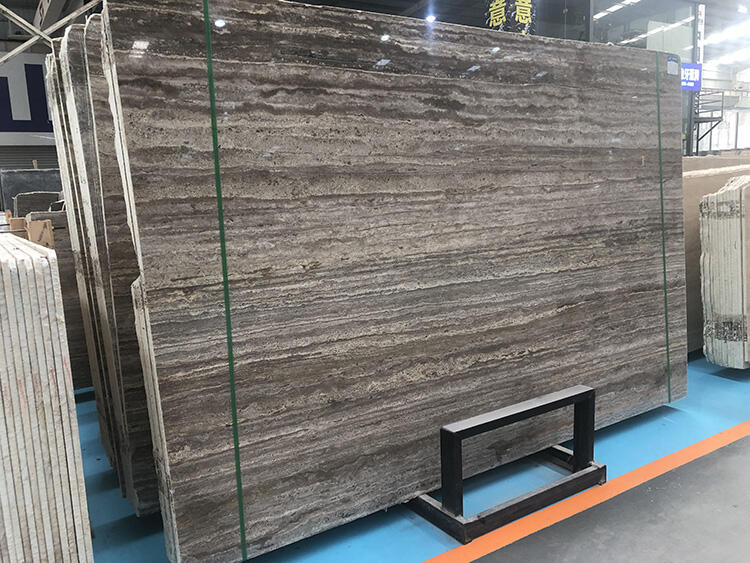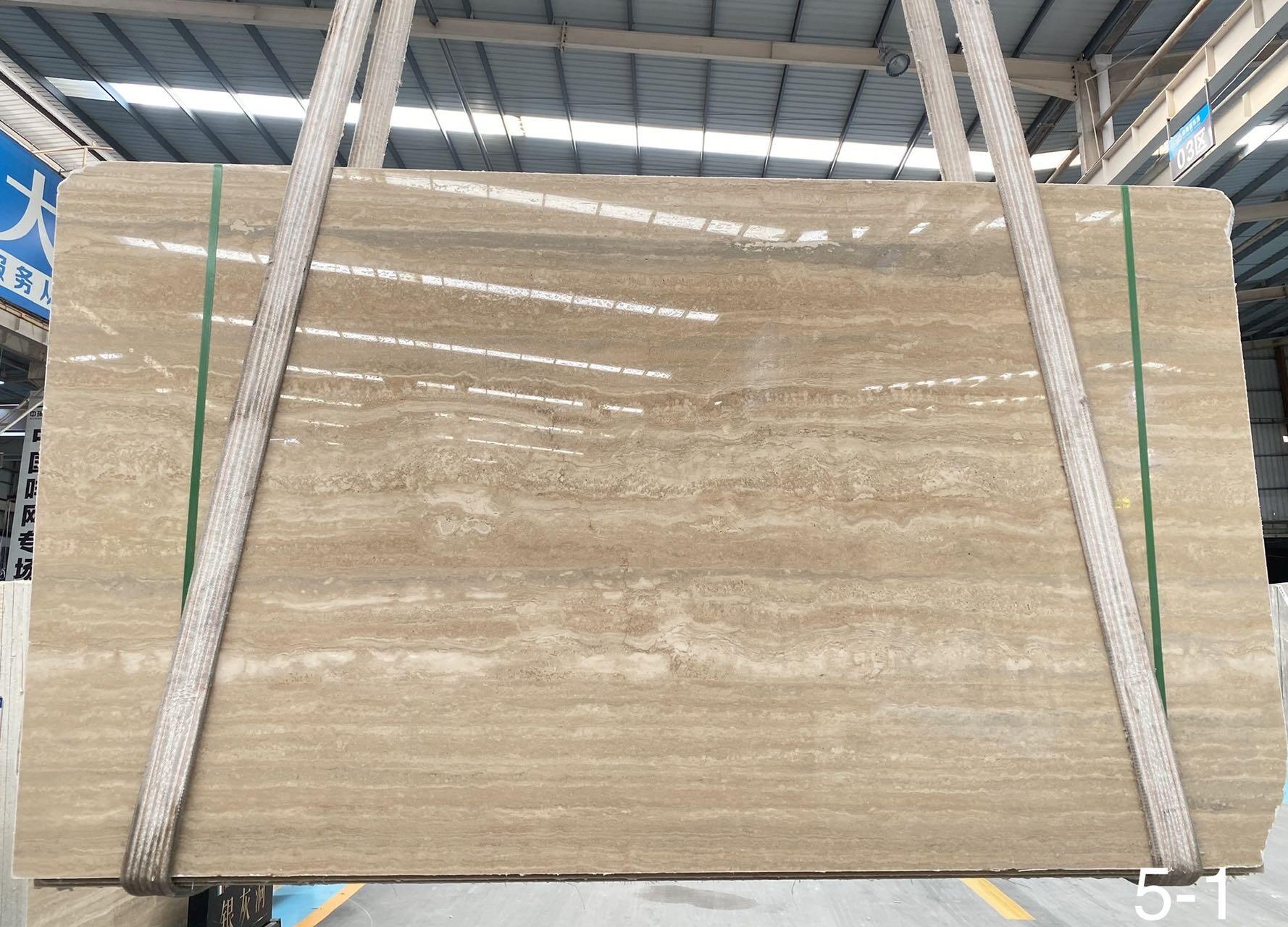ألواح حجر جيري أبيض
تمثل ألواح الحجر الكلسي توليفة أزلية من الجمال الطبيعي والوظيفية المعمارية. تتكون هذه الرواسب الصخرية، بشكل أساسي من كربونات الكالسيوم، بفضل سطحها المثقوب المميز وأنماط ألوانها المتنوعة التي تختلف من الظلال الدافئة إلى دروب بنية غنية. ويتم تشكيلها عبر آلاف السنين من الترسبات المعدنية المنبعثة من الينابيع، مما يخلق أنماطًا وملمسًا فريدًا يجعل كل لوحة منها قطعة واحدة من نوعها. تُستخرج هذه الألواح بدقة ويتم معالجتها باستخدام تقنيات قطع متقدمة لضمان أبعاد دقيقة وجودة متسقة. وتتميز المادة المتينة بأنها مناسبة لكل من الاستخدامات الداخلية والخارجية، حيث تتحمل مختلف الظروف الجوية مع المحافظة على جاذبيتها البصرية. تتوفر ألواح الحجر الكلسي بأكثر من طلاء، مثل المصقول والمشدف والمشطوف والمدلفن، وكل طلاء يوفر مستويات مختلفة من مقاومة الانزلاق وجاذبية بصرية. كما تمتد مرونتها إلى استخدامات متعددة، بدءًا من الأرضيات والواجهات الجدارية وصولًا إلى الطاولات والتفاصيل الزخرفية. إن المسامية الطبيعية للحجر الكلسي تسمح بتنظيم حراري ممتاز، مما يجعله خيارًا مثاليًا للمساحات الخارجية ومناطق المسابح. وقد عززت التقنيات الحديثة في المعالجة الخصائص الطبيعية للحجر، بحيث تحسنت مقاومته للبقع والتآكل مع الحفاظ على مظهره المميز.


